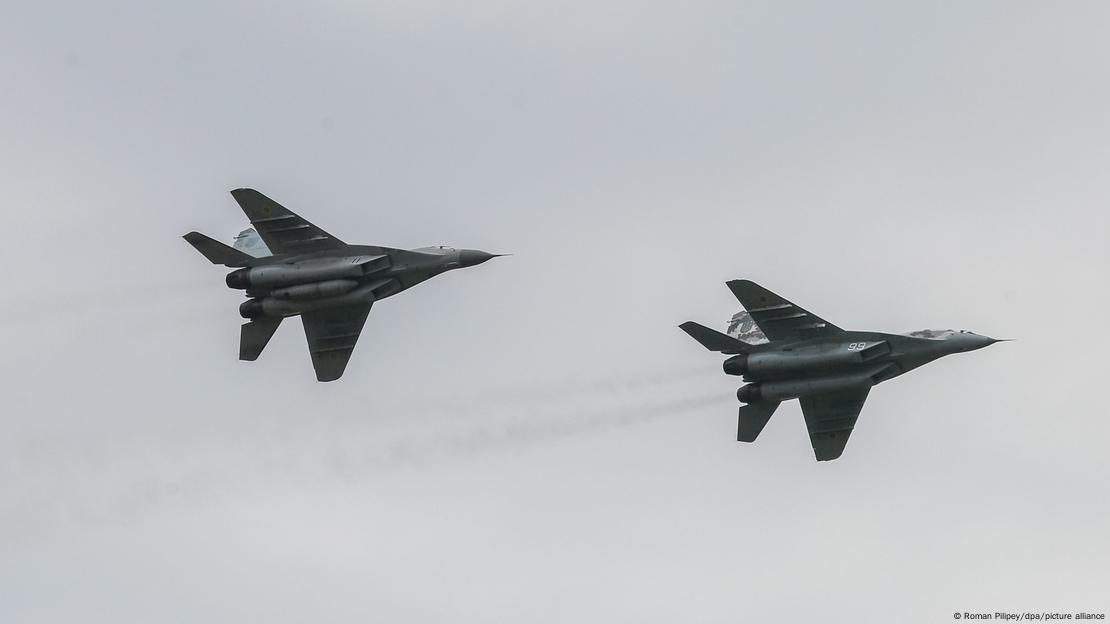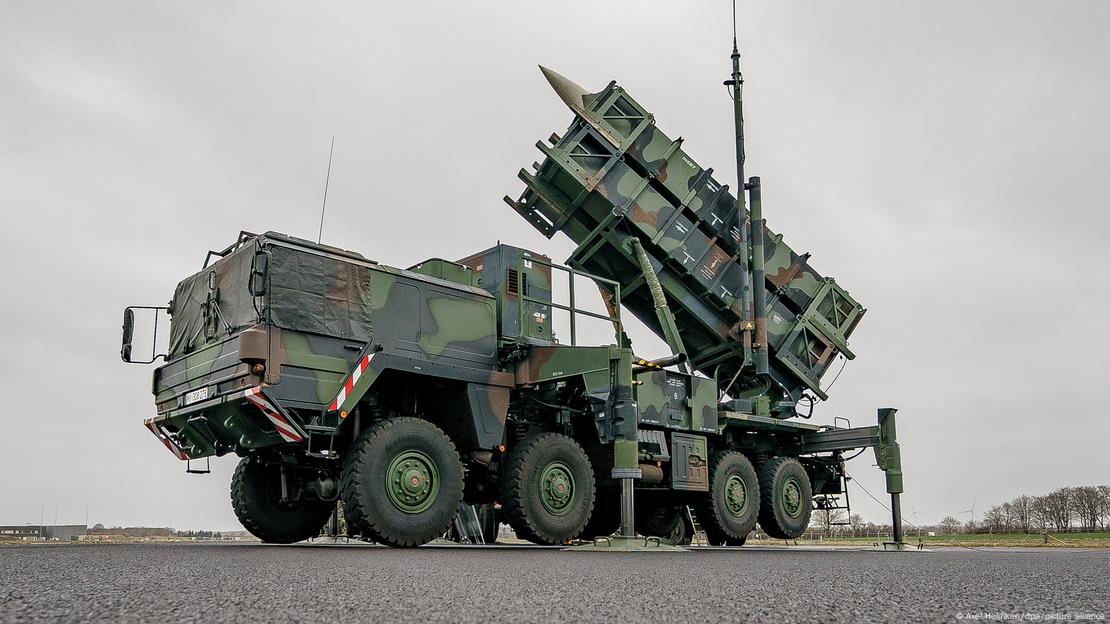What do F-16 and MiG-29 fighter jets do?
DW has published an article analysing how F-16 or MiG-29 fighter jets work, why they are so important ― and what it feels like to fly one. Caliber.Az reprints the article.
During sharp turns, you are flattened into the seat by many times the force of gravity. You only maintain consciousness if you are in peak physical condition and wear special pants that squeeze the blood out of your legs. You rarely fly below 900 kilometres per hour (roughly 560 miles per hour).
"The acceleration is breathtaking." That's how former German Air Force pilot Joachim Vergin described the feeling of flying a fighter jet.
One might compare it to riding a roller coaster, but not really: The power in a jet is twice as strong. And during combat, you have to operate a large number of weapon systems simultaneously: Fighting, evading, defending. In an extreme situation, such as an air raid, everything is a matter of life and death, often at the speed of sound.
Engines under pressure
The first time fighter jets, such as F-16s and MiG-29s, were used was at the end of the last major war in Europe: World War II. With their turbojet engine, jets fly much faster than propeller-driven aircraft, which had been used up to that point.
Jet engines suck air into the front of the motor, where it is compressed. Fuel is sprayed into the highly compressed air and ignited. This forces the air out of the engine "very powerfully," said Robert Kluge, an aviation expert at the Deutsches Museum in Munich.
As the air is accelerated in the process, a thrust is created that pushes the aircraft forward.
A jet's targets: Airborne or on the ground
Fighter jets can attack targets in the air as well as on the ground. For aerial combat, a jet can be equipped with air-to-air missiles that can be fired in flight to destroy a target that is also flying.
To strike targets on the ground, a jet can use air-to-ground missiles or drop simple free-fall bombs that fall to the ground "according to the laws of physics," said Leonhard Houben, a historian at the Berlin-Gatow Military History Museum.

Technology of trade-offs
When building fighter jets, compromises must be made. Questions to consider include whether a jet is likely to fight other aircraft in the air, and whether those aircraft are other fighter jets that can fight back. Or should the jet only be able to effectively engage ground targets?
Such strategic considerations are then reflected in a fighter jet's technology: Should the aircraft be built to be rather light and manoeuvrable for air combat, or equipped with large fuel tanks for long-range missions?
The MiG-29 was designed to take to the air for a very specific purpose: To protect the borders of Warsaw Pact countries against NATO aircraft.
Thus, this so-called interceptor, which entered service in 1983, can take off very quickly and reach its destination. Due to its design, the MiG-29 is extremely manoeuvrable in air combat. It can even stand vertically in the air on its own for short periods of time. However, the jet was initially equipped with only short-range fuel to save weight.
The F-16: A versatile performer from the assembly line
The majority of modern fighter jets combine a variety of capabilities. Houben said it is more economical to build so-called multi-purpose warplanes because they can be mass-produced in just one batch that can then be used for a variety of missions.
The F-16 is one such mass-produced multi-purpose aircraft. It was explicitly developed in the US in the 1970s for export to partner nations as a low-cost, general-purpose jet. The F-16 is the fighter jet with the largest worldwide production run that is still in service. To this day, the jet is still produced in the US and is being continually improved.

Houben said that "F-16s built 20 years ago are on par with Russian jets built maybe three to five years ago." That's partly because fighter jet technology development in Russia lagged in the 1990s, he said, and so much talent has left the country.
More of a weapon system than a weapon
In addition to a jet's technology, its weaponry is crucial. Without it, a jet is "just a shell, like a fire truck without a rotatable ladder," said Kluge.
These jets can secure a country's airspace. This is because, unlike air defence missiles of the kind fired by ground-based air defence systems, jets are highly mobile and can safeguard a large area and, using modern air-to-air missiles, also shoot down cruise missiles in the air.

Similar to battle tanks, the rule is usually whoever fires first and hits, wins. Modern air-to-air missiles, once fired, virtually sneak up on their target and activate their conspicuous radar only shortly before impact. By then it's often too late to dodge. The reality usually has little to do with wild manoeuvres, machine gun fire, or what we see in the movies.
Becoming a pilot takes years
A fighter pilot has to be able to engage in close combat in the event that all the missiles have been fired. They must be able to multitask under exceptional conditions. For this reason, pilots are not trained overnight.
For the German Eurofighter aircraft, the training period takes five to six years and costs five million euros ― per pilot.
On his very first flight in a jet, an engine failed, said former pilot Vergin. Although he said he was scared, he knew exactly what to do because of "drills and training." He said he remained calm and landed the plane safely.
However, each pilot often learns to fly just one type of fighter jet, as retraining for another type of jet is costly. When Vergin switched from the Phantom fighter jet to the Tornado, the training took seven months.
The Jet as a Myth
In war, however, fighter jets are more than the sum of their technical capabilities.
Kluge described the aircraft as a "myth" because, unlike humans, it can also move in the third dimension.
A fighter jet can even be seen as a symbol that can boost the morale of one's own troops. And as an important chess piece in the strategy of a war, simply having it can be enough to make enemies have second thoughts.








